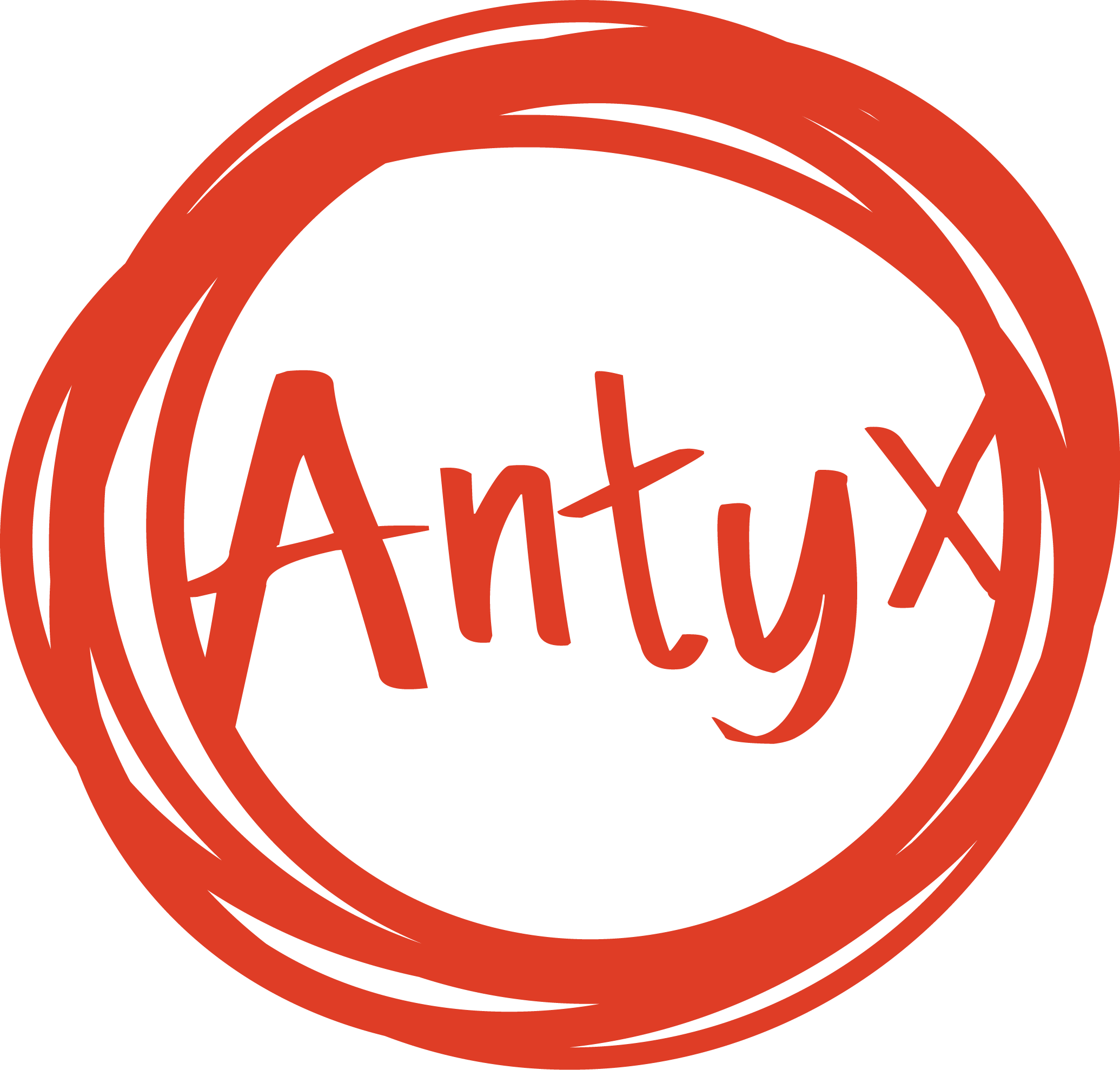Interview with Artist Lane Shordee
Over the past few months the Forest Lawn Youth Arts Action group has been busy working with local Calgary artist Lane Shordee to complete a public art signage project that will be installed in the new Forest Lawn Natural Playground. We sat down to ask Lane a few questions about his work and his process.
Stay tuned for more images of this finished project and other projects Youth Arts Action is completing in Greater Forest Lawn
KEVIN: Hi. Lane. Let’s start off by telling us a bit about yourself.
LANE: I’m a professional artist. I live in Calgary, but I started drawing in Saskatchewan. I draw consistently. When it comes down to it, all the things I make come from some sort of drawing, whether or not it’s a drawing that lives in my brain or one that makes it out into the world. The final outcomes are always different, but they all start with drawing; making stuff up, scribbles, sketches, whatever you might call it. Not to say that I pull things out of thin air, because I don’t. Ideas all come from somewhere, and that’s where objects come into play. Now objects can be as far ranging as bits of information picked up in a youtube video to a gum wrapper on the street; it’s all material that I can work with. Tactile objects (the ones I can touch) are usually the solution to making a drawing a reality, but they often appear as a sort of puzzle piece looking for another, instead of a perfect answer, especially when it comes to found materials. The materials I use are always undergoing a process of modification, which is both challenging and exciting. I have to admit that some things are more intriguing than others, but most of the time I can’t tell until I have lived with them for awhile, sometimes that can be years, other times it can be seconds. I do not discriminate between objects and things or people and places, because everything is unique and has the potential to become part of a language that we can speak. Objects have charisma, by that i mean they contain something that has an impact on the world. If they intrigue me then they might have that same impact on someone else. I have come to an understanding that all things are in flux, which means that all things have the ability to become something different. So in the drawing process, I reclaim material, to help build a story about a cultural mash-up of ideas rooted in all parts of history and the differences between the environment that we live in and the environment that we wish for.
KEVIN: You’ve done quite a bit of work. Can you tell us more about some of this work you have done?
LANE: In the last few years I’ve been working on a lot of different types of projects, collaborating with all types of people, and using all sorts of materials. I am really curious about water, so many of my projects are about it. It is such a powerful force when you look at tsunamis, floods, and the ocean. At the same time water is something we use everyday: to cook, to clean, to play with.
In the summer of 2014 my good friend, Michelena Bamford (a local mosaic artist), and I wanted to create a sculpture that would help resolve a flooding issue at the Wildwood Community Center. So we made ‘Water Spiral’, a work of art that could store the rainwater that was pouring off the roof of the community centre, into an underground cistern that was used to water the neighboring community garden. We also wanted to create a meeting place for people in the neighbourhood; we built a deck above the cistern from materials we scavenged in the community, like old planks of wood, signs, and fences. To tie it all together we used an old propeller to create a wind turbine that would keep the water moving down below in the underground cistern.
Another project I had a great time working on this year, that also talked about water, was a puppet show called “The River”. I created a cast of puppets from recycled cardboard for the show that told of an old folk story, partially based on David Thompson’s journey up the North Saskatchewan River and Native American Folklore. It follows a character called the trickster, and a love story that evolves between the moon and the stars. In the story the river becomes a living being that ties all of the characters together. I was fortunate to work with a group of talented performers/puppeteers that brang my creations to life. In the end I learned valuable lessons on how they used my puppets, that I could take into future projects to help me understand how people play.
KEVIN: Why is reclaiming found materials so important to you and your work?
LANE: The reclamation of material, or scavenging, came from a deep seeded belief in valuing all materials equally, and taking responsibility for how we use them. This includes our waste, which we’re quick to toss away without thinking about how it impacts our world. I’m interested in recognizing how I contribute to the Anthropocene era (which began around the 1970’s to the present, when human activities started to have a significant global impact on Earth’s ecosystems.)
I believe that if we can look at rejected materials, or waste, in a new way - as something that can be functional and beautiful, it could start to help curb our negative impact in the world. By making these works, I want to start a conversation about how we can use waste like we would use any other resource. Could we build a bicycle out of old sink parts? Or a skatepark out of rejected cars? Instead of hiding our waste in a landfill, we can give it a new life.



